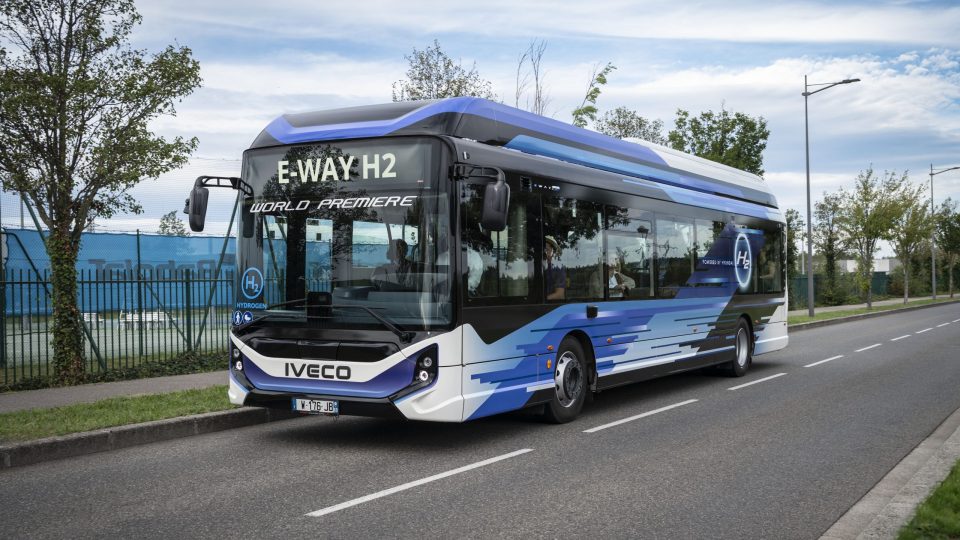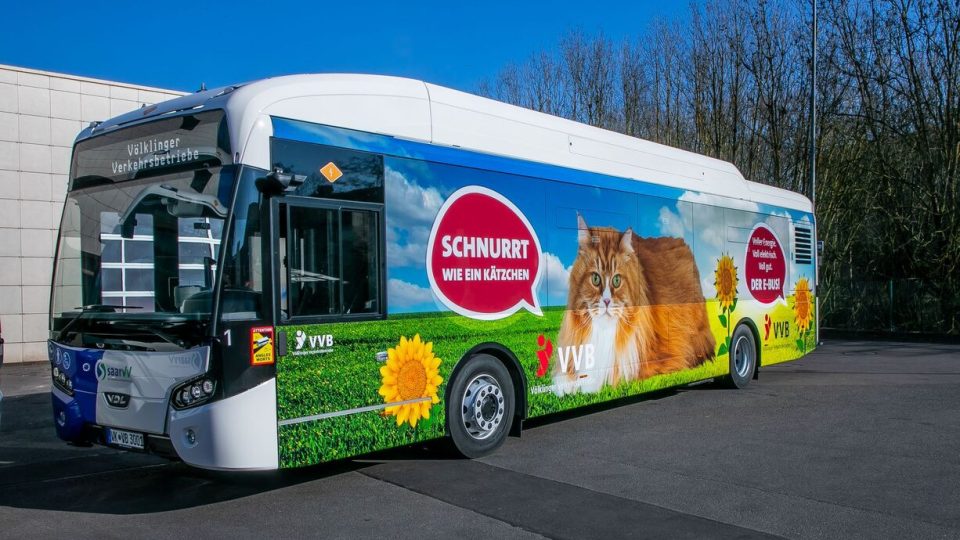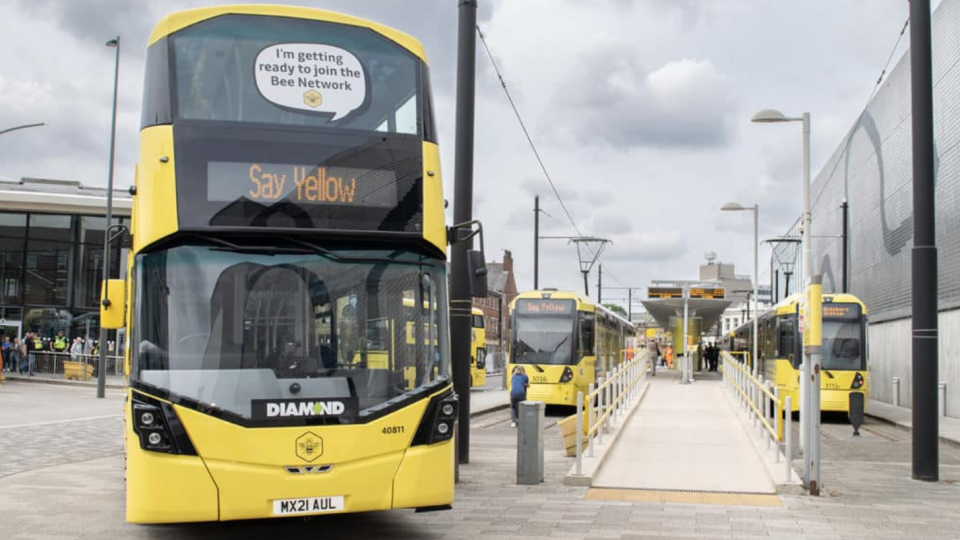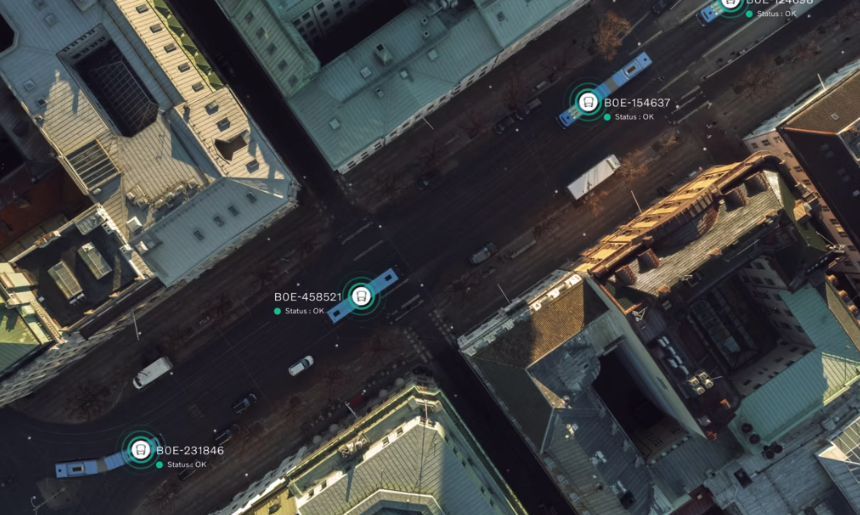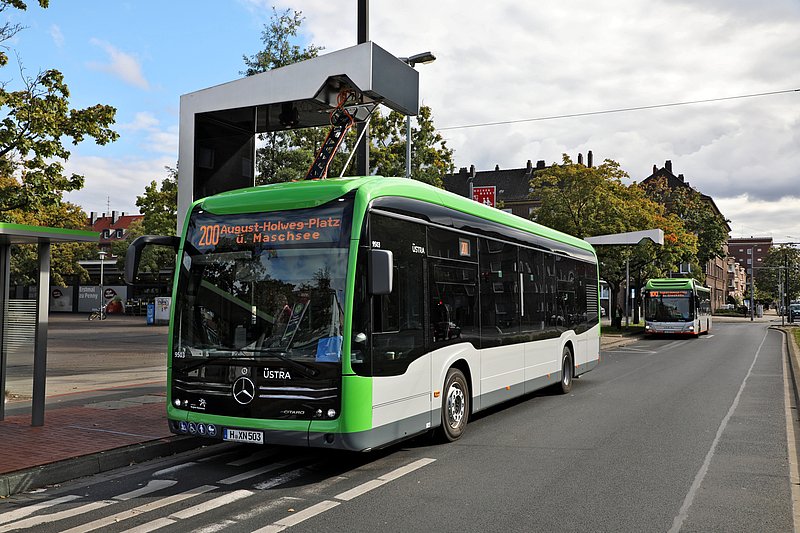5G autonomous electric minibus trial in Stockholm, launched by Keolis
A 5G-enabled autonomous electric minibus is on a trial in Stockholm. On 24 September 2020 Keolis, in partnership with Urban ICT Arena, Telia, Ericsson, Intel and T-engineering, launched this new new projects using 5G technology to remotely control and supervise the vehicle. This trial aims to explore the safe introduction of self-driving autonomous electric vehicles […]
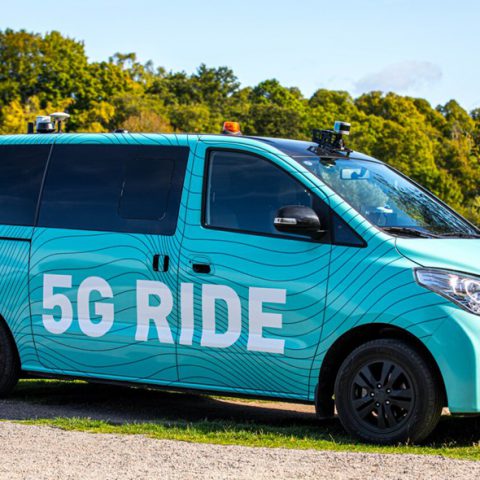
A 5G-enabled autonomous electric minibus is on a trial in Stockholm. On 24 September 2020 Keolis, in partnership with Urban ICT Arena, Telia, Ericsson, Intel and T-engineering, launched this new new projects using 5G technology to remotely control and supervise the vehicle.
This trial aims to explore the safe introduction of self-driving autonomous electric vehicles in complex urban areas with a view to optimising route planning and traffic, Keolis explains. In 2016, the public transport company launched a trial of the first autonomous vehicles in Lyon, France. Since then, it has operated autonomous vehicles in Australia, Belgium, Canada, the USA and the UK, carrying 200,000 passengers and covering over 100,000 km.
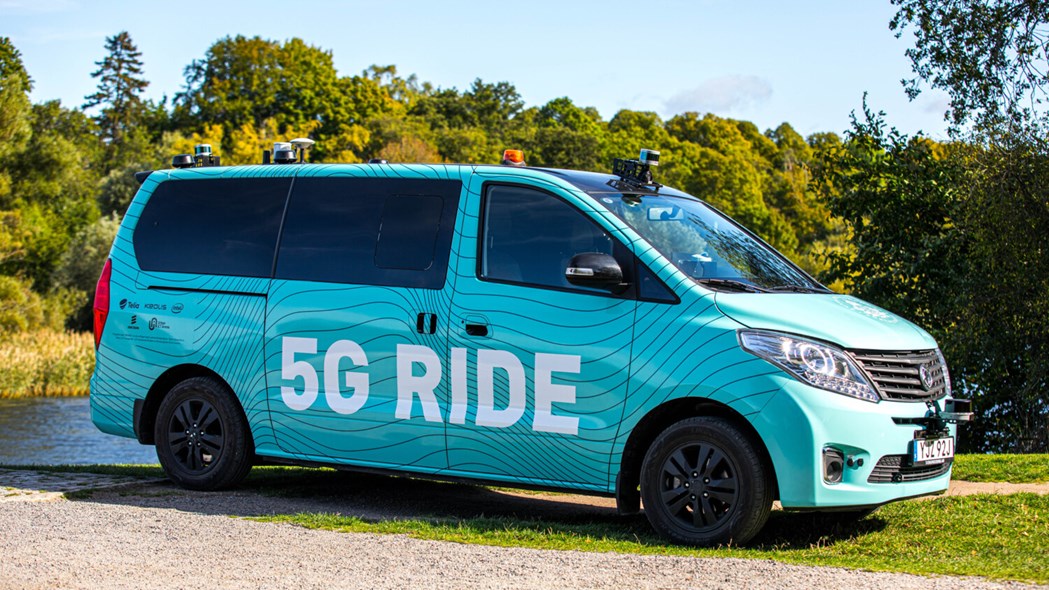
5G autonomous minibus in Stockholm till 8 October
The trial will be conducted in Royal Djurgården, one of the country’s most popular tourist destinations, from 24 September to 8 October 2020. The autonomous minibus, which will drive along a 1.6 km route, will serve the National Museum of Science and Technology, the Maritime Museum, the Nordic Museum and Vasa Museum.
In the framework of this project, Telia is providing 5G connectivity in collaboration with Ericsson. Intel is delivering processing power to both the IT system in the vehicles and the control tower, as well as the mobile network. The vehicle, which is equipped with self-driving technology, is provided by the Swedish technology firm T-engineering. It features seven seats and will drive at a maximum speed of 18km/h.
Autonomous minibus monitored remotely
The pilot project at Djurgården explores how a system with 5G-connected vehicles, which are monitored by a control tower remotely (whose technology is provided by Ericsson), can facilitate the safe introduction of self-driving electric buses in more complex and demanding urban areas. Benefits of such a system, Keolis stresses, include improved route planning and traffic flows, reduced operational costs and pollution and a more reliable, accessible form of public transport for passengers.
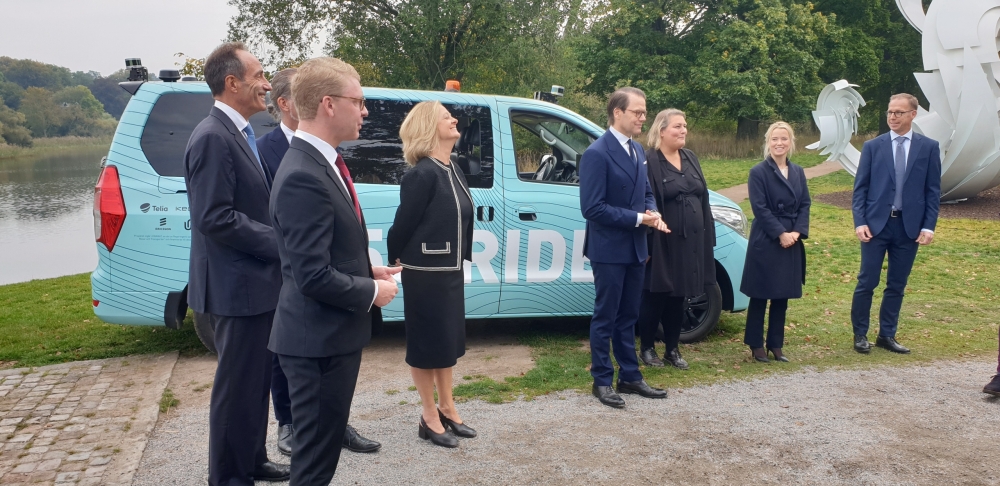
The unique technical features of the 5G network, including extremely high data speeds combined with low latency, mean that the connected buses can respond in real time to commands from the centralised control tower. This is a prerequisite for the safe remote control of vehicles and an important step in moving the driver from the bus into the control tower.
“Since the launch of the world’s first driverless metro in Lille (France) in 1983, Keolis has been drawing on its expertise as a pioneer in autonomous mobility to make shared mobility smarter, more connected and more sustainable. This ground-breaking trial in collaboration with our key partners constitutes another important step forward,” says Bernard Tabary, CEO International at Keolis. “We’re pleased to be conducting this trial in Sweden, where we already have a strong presence through our subsidiary Keolis Sverige and carry 730,000 passengers per day.”


